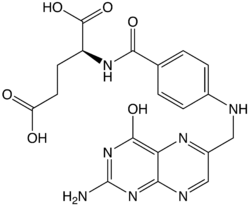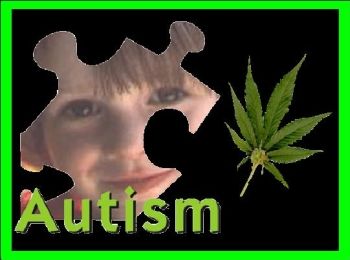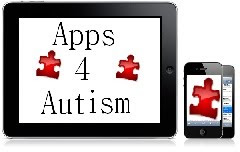 Riding school provides therapy for people with disabilities
Riding school provides therapy for people with disabilitiesBy
Amy EricksonMegan Hanno's ultimate goal is to walk again.
Special Troopers Adaptive Riding School (S.T.A.R.S.) Inc. is helping the Le Mars woman move toward that goal.
The nonprofit organization provides therapeutic techniques on horseback for people of all ages, from 18 months on, with physical, cognitive or emotional disabilities.
"In most cases just about any diagnosis qualifies," said Jessie Christopherson,
S.T.A.R.S. executive director. "There's a whole lot of folks out there who could be utilizing the service and don't know they qualify."
Megan, 22, suffered a traumatic brain injury in a car accident five years ago. Since then she has had to relearn everything from swallowing to talking to walking.
Horseback riding through S.T.A.R.S. helps strengthen Megan's core muscles, the ones that help people walk, sit upright and balance, Christopherson said.
The horse's movement replicates the motion that people's pelvis and hips make when the walk on two feet, she said.
Monday afternoon Megan's mom Paula Hanno, pushed her wheelchair up a ramp to a mounting block in the S.T.A.R.S. indoor arena for Megan's weekly therapy session.
Megan said riding helps her balance.
"My abs (were) really sore," after her session the week before, she said.
"There's no way to cheat on a horse," Christopherson said. "She has to retrain her body to use muscles her brain has forgotten how to use."
As volunteer and part-time instructor, Holly Tucker, lead Brownie and Megan around the arena, Megan's constant battle was to remain upright with her chin down.
[FULL ARTICLE]
Related:











